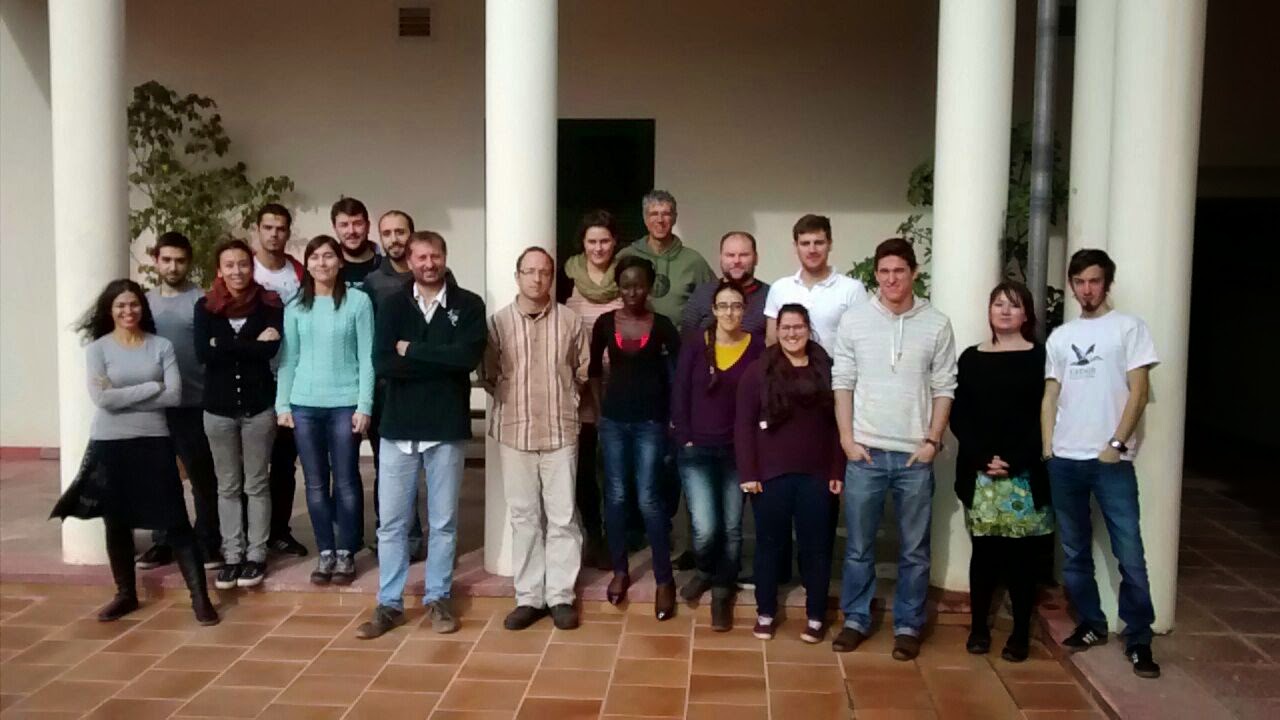My PhD fellows and I applied for the capture-recapture course not least for the beautiful location in Esporles, Mallorca, which is a UNESCO world heritage site. The course was held from 24th to 28th of November 2014 at the Mediterranean Institute for Advanced Studies (IMEDEA).
I didn’t really know what to expect from the course as I wasn’t sure whether our data (sampled on the Eurasian beaver) was suitable to be analysed in that manner.
After a very good introductory part on general statistic and modelling our teacher Giacomo Tavecchia and his colleagues Meritxell Genovart (Population Ecology Group) and Olivier Devineau showed us the huge potential of capture-recapture analysis. These methods can be applied to increase our understanding of population dynamics and functioning, ranging from the estimation of spatial and temporal distribution of animals to the prediction of future population systems. It allows the modelling of dynamic systems, including dispersal and recruitment. Further, different life-history strategies can be investigated.
Our days started around nine o’clock with lectures in the morning and usually exercises (mostly performed in the program MARK) in the afternoon, where we could apply what we learned earlier in the day. Beside MARK we were introduced to other programs (e.g. the RMark package in R, U-CARE and M-SURGE) and approaches, showing us the flexibility of the method. In conclusion, this is a powerful tool to estimate survival, recruitment, dispersal or population sizes.
On Monday morning and during the evenings we had the chance to explore the island, including sandy beaches in the north, impressive mountainous landscape in the east, beautiful olive-groves and the lively capital of Mallorca, Palma. We could taste delicious tapas and try good local wines while discussing the advantages and disadvantages of our study species, ranging from grasshoppers to toads and lizards to red kites and common eiders. Overall the course was a great possibility to learn new methods with wide applicability (especially for well-structured long term data sets) and to escape the Norwegian winter for a week.
Martin Mayer, Telemark University College



